Monty Don's latest TV appearance reveals tips for planting spring bulbs
Now is the time for planting spring bulbs, and in a recent episode of Gardeners’ World, Monty Don provided some essential tips for growing them.

Now is the time for planting spring bulbs, and in a recent episode of Gardeners’ World, Monty Don provided some essential tips for growing them.

Presenting from his potting shed at Longmeadow in Herefordshire, in a recent episode of Gardeners’ World, Monty Don had some fantastic tips on planting spring bulbs.
As he explained, although bulbs are available in the shops at the moment, there are couple of difficulties for gardeners.
Firstly, most people’s gardens are possibly already full of plants at this time of year, so you might not have room to plant spring bulbs.
Secondly, the ground can be as hard as rock towards the end of late summer, which makes bulb planting hard work.Don has the following solutions to overcome this.
Create layers of bulbs at different depths
If you don’t have room to plant your spring bulbs in your flower borders, Don provided the perfect solution. “What you can do at this time of year, is plant spring bulbs in pots.”
To maximise the colourful impact and the length of time they will flower, he plants two types of bulbs, hyacinths and daffodils, at different depths to each other but in the same pot. “I want to plant two types of bulbs, one on top of each other,” he said.
The hyacinth Don chose is a beautiful white variety called Hyacinthus orientalis ‘Carnegie’, which he planted as his lower layer in the container and then covers the bulbs over with his free-draining compost, ready to plant the next layer of bulbs.
He then added a layer of the much smaller daffodil bulbs called Narcissus ‘Snow Baby’ and covers these over with another topping of free-draining compost.
“The layer of daffodils will begin flowering late February or early March, with the layer of hyacinths below coming through and flowering a little bit later.” explained Don.
“Don't worrying when you’re ‘layering’ bulbs, about the layer above blocking the ones below. The shoots from the layer below will work their way around the bulbs above without any trouble at all.”

Crocks will prevent compost from clogging them up
Spring bulbs in containers need good drainage. So before planting your layered bulbs, Don has the following ingenious solution if your container does not have lots of good-sized drainage holes.
He uses broken crocks – broken bits of terracotta pots – to cover over single, small drainage hole, and he stacks them up into a small pile over the area to increase the drainage potential. This allows excess moisture to percolate down the stack of crocks and reduces the risk of small drainage holes becoming blocked.
As Don explained “Crocks are really important. I like to build a kind of pyramid of broken crocks over the drainage hole to be absolutely certain that it stays open.”
This will avoid spring bulbs rotting
Monty said on Gardeners’ World that he adds perlite and grit to his compost when planting spring bulbs to ensure it is nice and free draining. This will help prevent the bulbs from rotting in damp conditions.
When I make my compost for spring bulbs I use a peat-free, multipurpose compost and mix in horticultural grit at a ratio of five to one.
Don explained the difference between the hyacinth bulbs used for producing flowers at Christmas display and those used for spring flowering.Don said: “Many of us are used to growing hyacinths indoors for Christmas flowering. But those bulbs have been specially heat-treated. Untreated hyacinths will flower much later. They’ll flower in March and April, and should be treated like any other spring bulb.”
The planting depth for the different types of hyacinths varies. Don explained: “When you plant hyacinths for forcing (for a Christmas display), you typically put them in so that the top third, the snout, is sticking up out of the soil. But these (spring bulbs) need to be planted to at least twice their depth., so that’s at least 10cm (3.9in) or so.”

How to prevent capping of the surface
One problem you may encounter when growing spring bulbs in containers is that the surface of the soil forms a cap. “Capping is when the surface of the compost gets wet and then dries and forms a crust,” Don explained. This crust can become quite solid and impenetrable, preventing young, tender shoots from breaking through the surface.
Don again had a solution for this: “I always finish off a container of bulbs, of any size with a small layer of grit. It stops any capping,” he explained, “Capping is when the surface of the compost gets wet and then dries and forms a crust. The additional layer of grit also just looks nice.”
His suggestion to add grit as a mulch is a good one. I also like to add a layer of mulch to the surface of my containers. In addition to preventing capping, it does suppress weeds from germinating and competing with the spring bulbs for nutrients. Ideally the layer of mulch should be about 1.5cm (0.6in) thick, spread equally over the surface.

Don’t place pots directly on hard surfaces
Good drainage is essential for growing spring bulbs, so Don suggests the containers are raised off the ground to help excess moisture flow out of the drainage holes in the bottom.
“Never place a pot directly onto a hard surface,” he said. “Always raise it up.”
I have bulbs in containers on my patio in Devon, and I place them on a couple of bricks, but you can use blocks of timber or flat stones or you can even buy ‘feet’ that containers can sit on.
Too much rain could kill your spring bulbs
Don had the following advice for where to position your container once it has been planted up for the winter period.
‘It can be outside, cold is not a problem. But too much rain or water of any kind is a problem because then the bulbs can rot. So put it ideally undercover and then it will only need watering once or twice during the winter.”
Don added that containers should be placed in the light from the moment shoots start to appear. So in early spring it may be necessary to move the pot to a location such as a sunny patio where you can enjoy those beautiful spring flowers.
The full episode (episode 15, September 15 2023) can be watched on BBC iPlayer.
You will need a TV licence for permission to watch, and you may need to create an account.
Simon Akeroyd has written more than 30 gardening books during his career, he was a head gardener for the National Trust and RHS (Royal Horticultural Society) and also writes regularly for national newspapers, magazines and has been featured on TV gardening programmes.
During his career, he’s managed many gardens including RHS Wisley, RHS Harlow Carr, Sheffield Park, Polesden Lacey, Coleton Fishacre, Compton Castle and Agatha Christie’s Greenway.
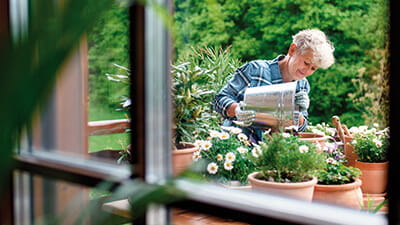

Saga Home Insurance comes with garden cover included. Find out what’s included and get tips to help secure your garden.

For a limited time, enjoy 3 issues of Saga Magazine for just £1. Receive the next 3 print editions delivered direct to your door, plus 3 months’ unlimited access to the Saga Magazine app—perfect for reading on the go.
Don’t miss your chance to experience award-winning content at an exceptional price.
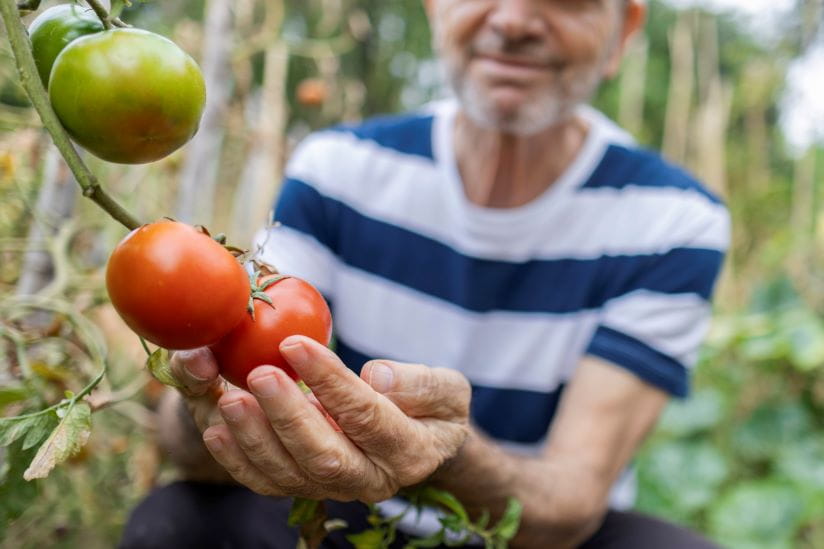
Rekha Mistry shares her top vegetables to grow in your garden all year round.
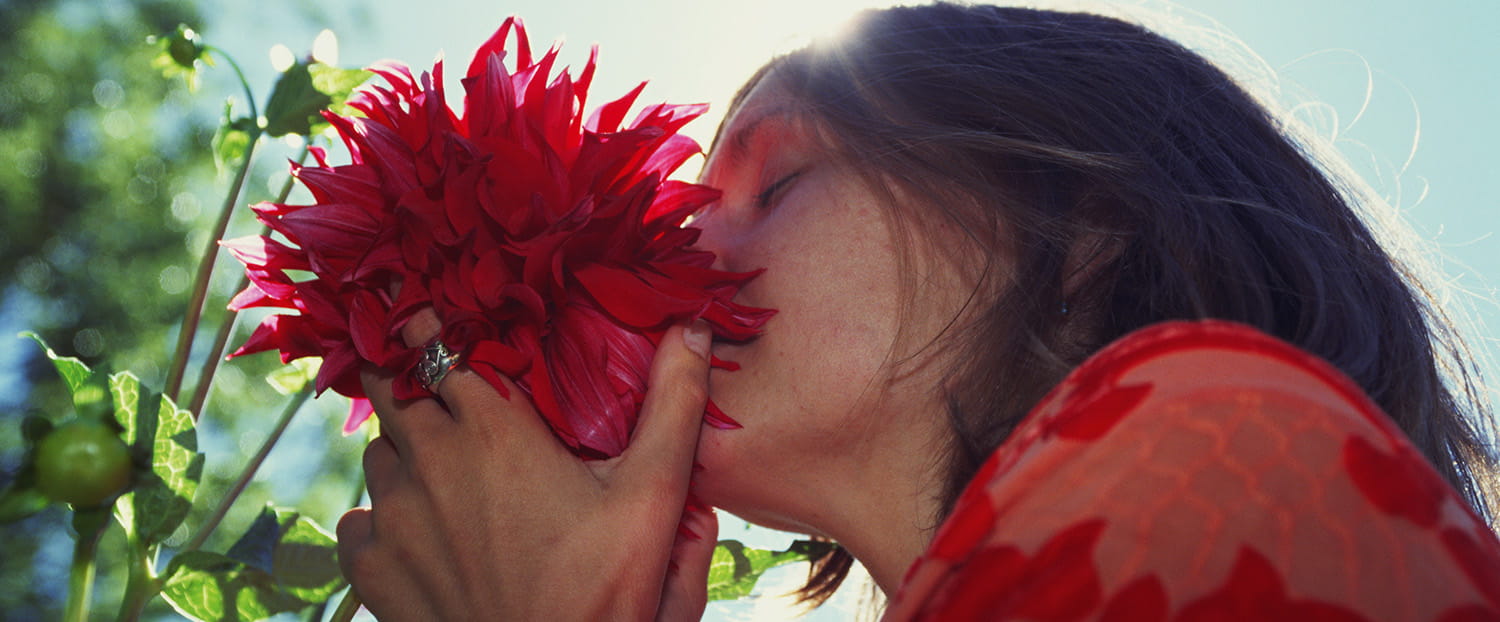
We explain the science and have 7 of the best scented plants for your garden.
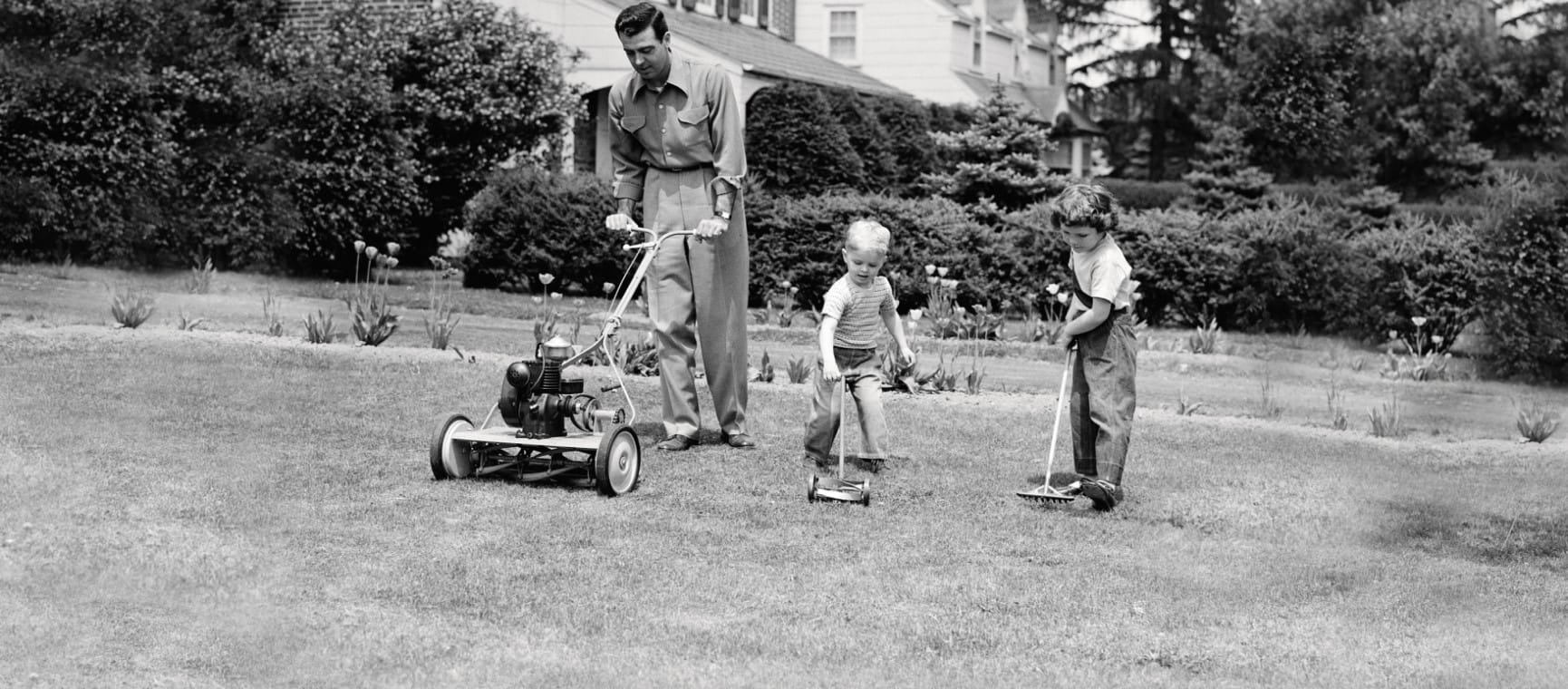
From robot mowers to electric pruning shears, spruce up your outside space with four of the best garden gadgets
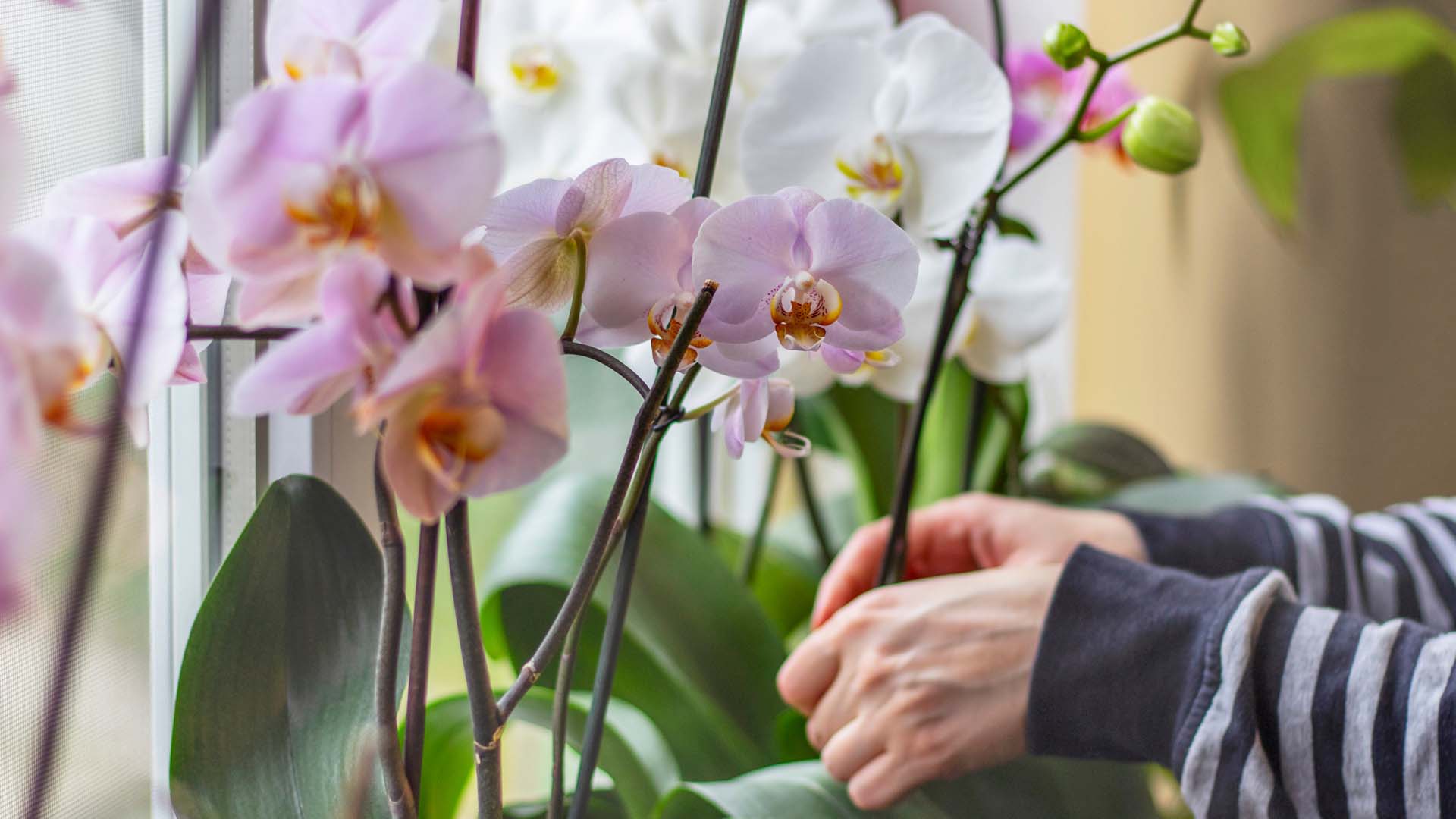
Our expert pruning and watering hacks include a top tip to keep them flowering from Alan Titchmarsh.
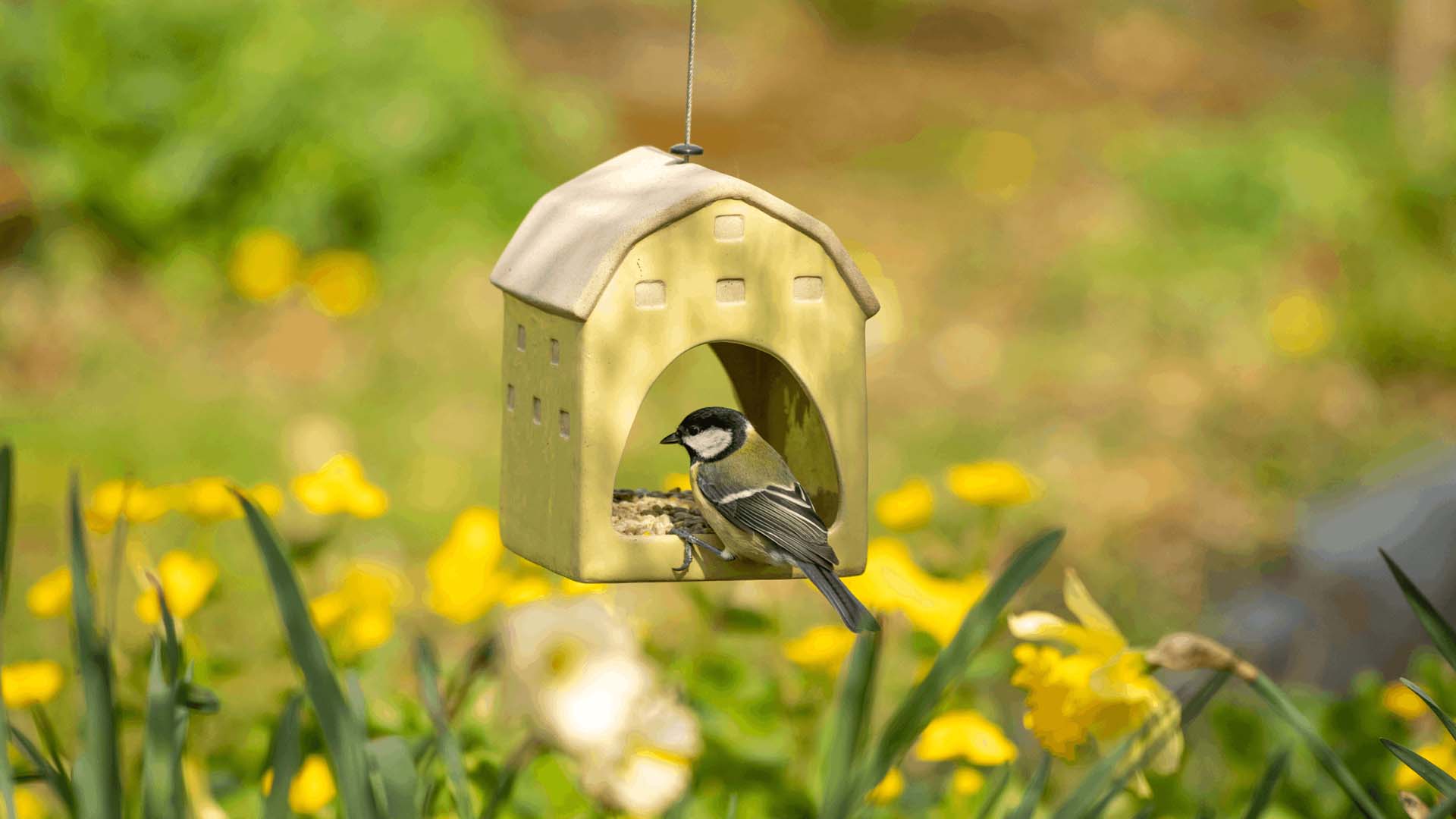
Don’t make these bird-feeding mistakes. Expert advice on how to feed birds in your garden safely.
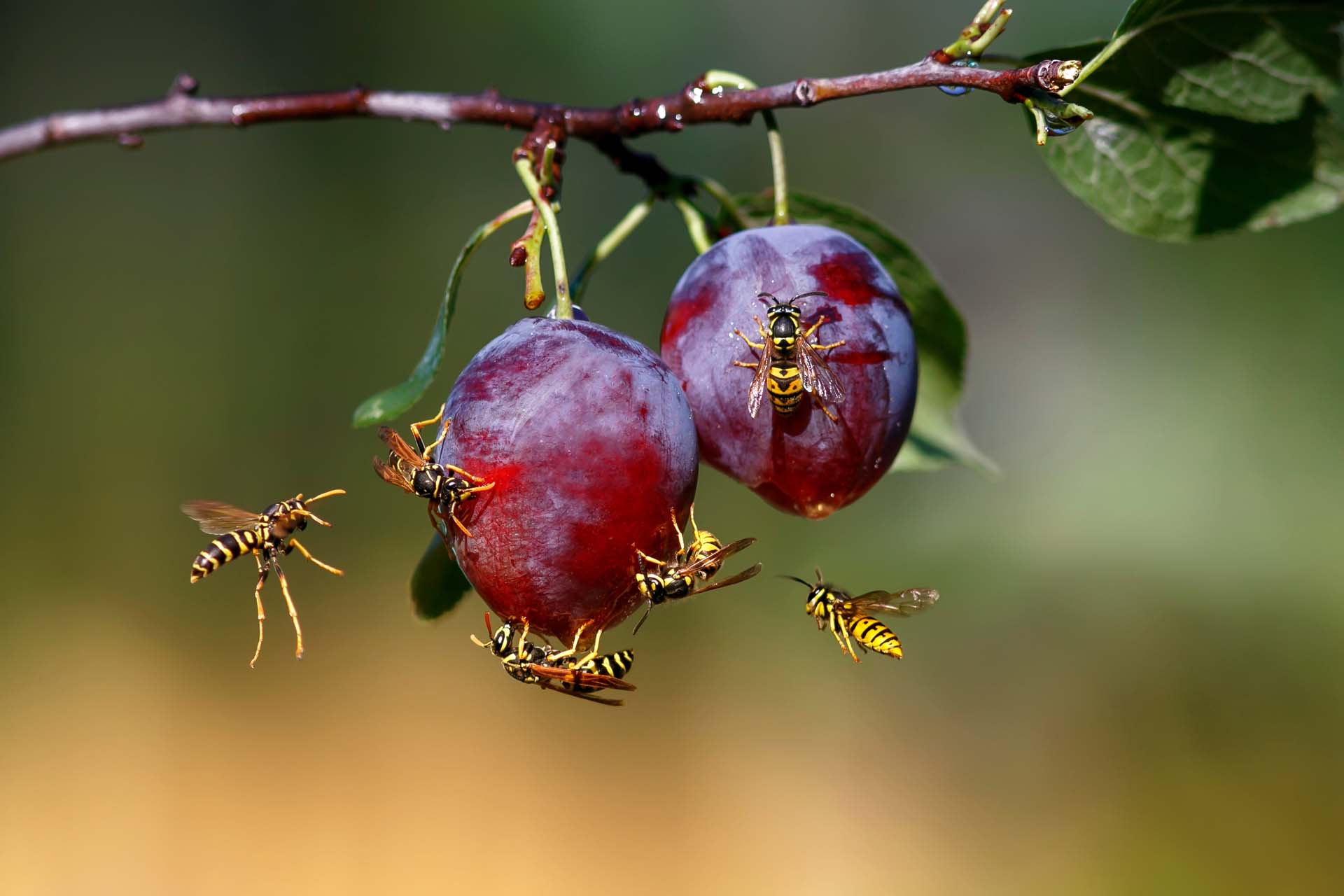
Blighted by buzzing? How to keep wasps out of your garden without harming them so you can enjoy the summer.
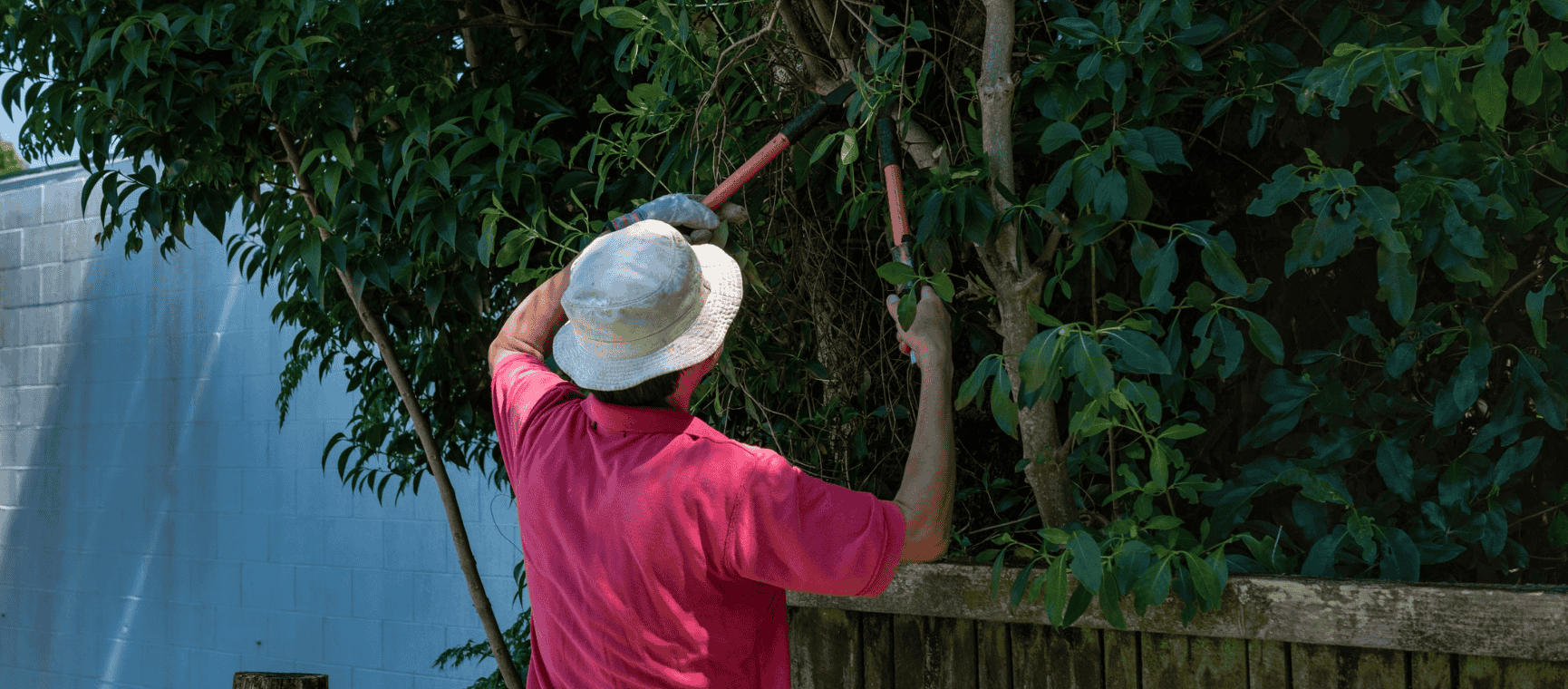
The ways you could be breaking the law in your back garden - with expert advice on how to avoid neighbour disputes, a fine or even a prosecution.
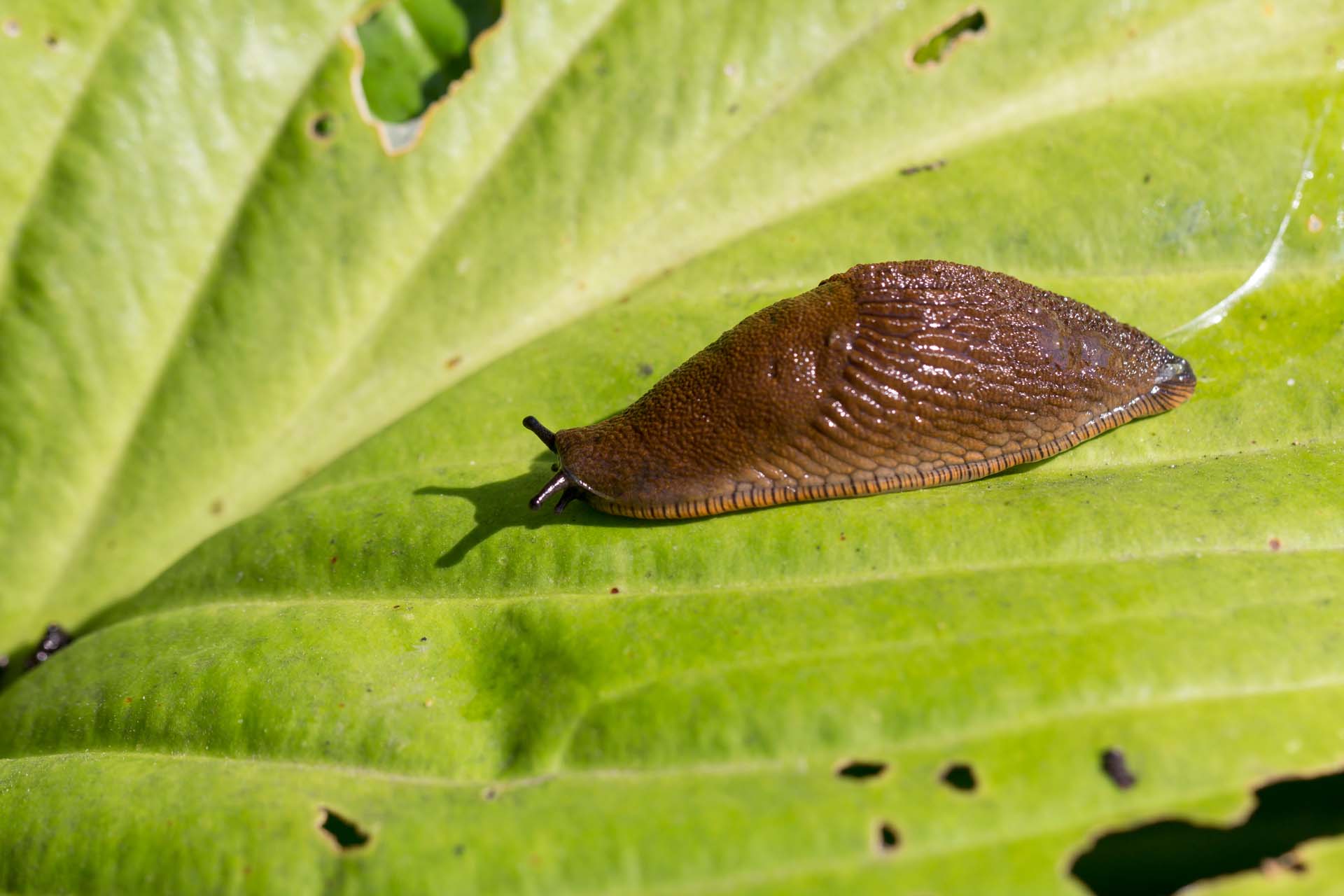
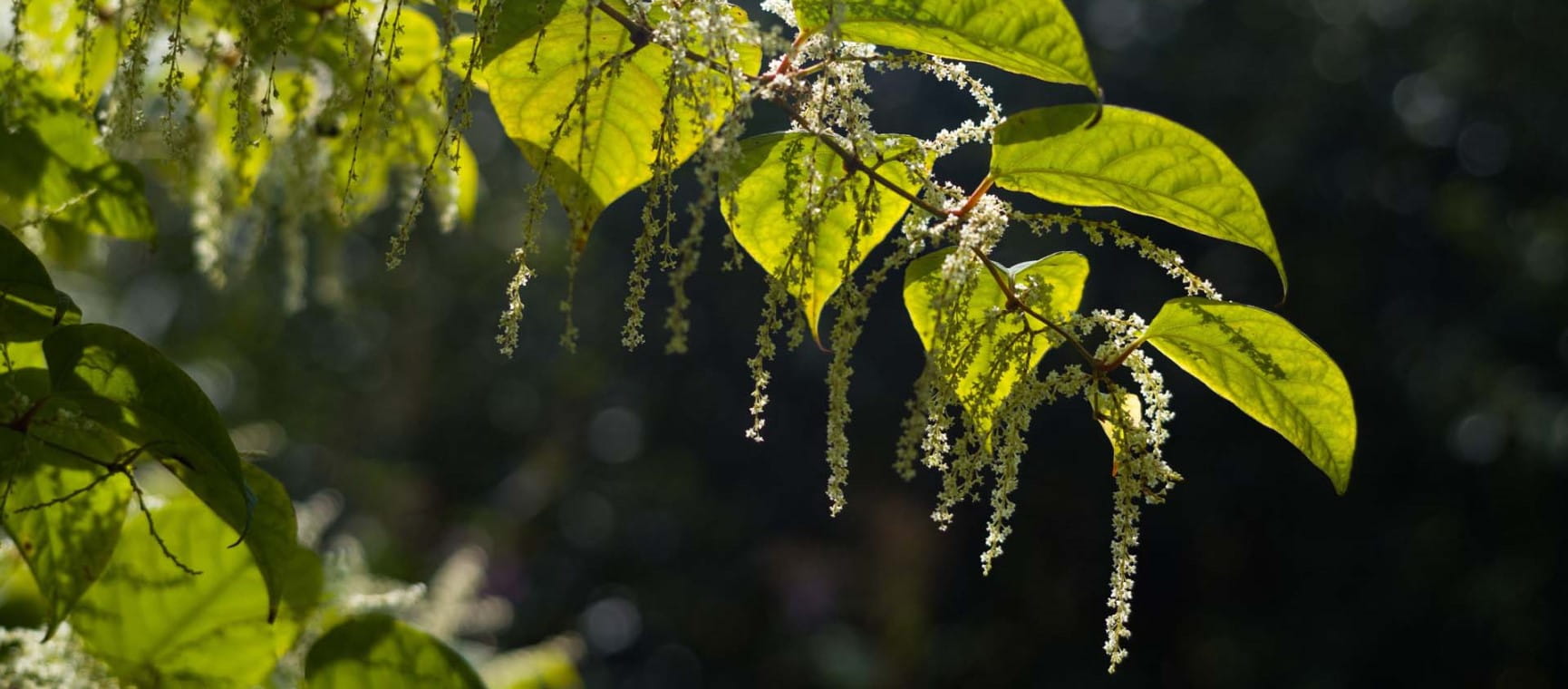
Everything you need to know about Japanese knotweed, the fast-growing plant nobody wants in their garden.